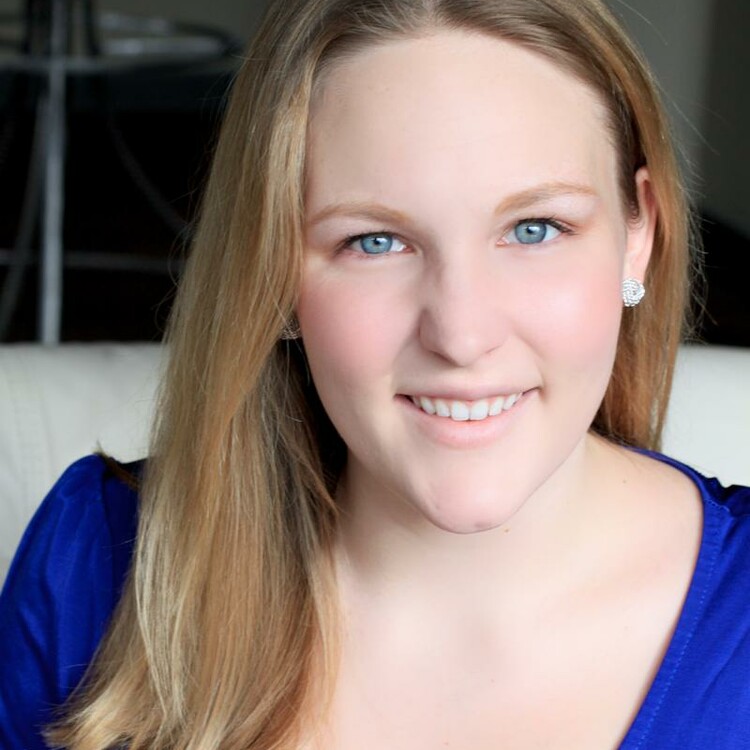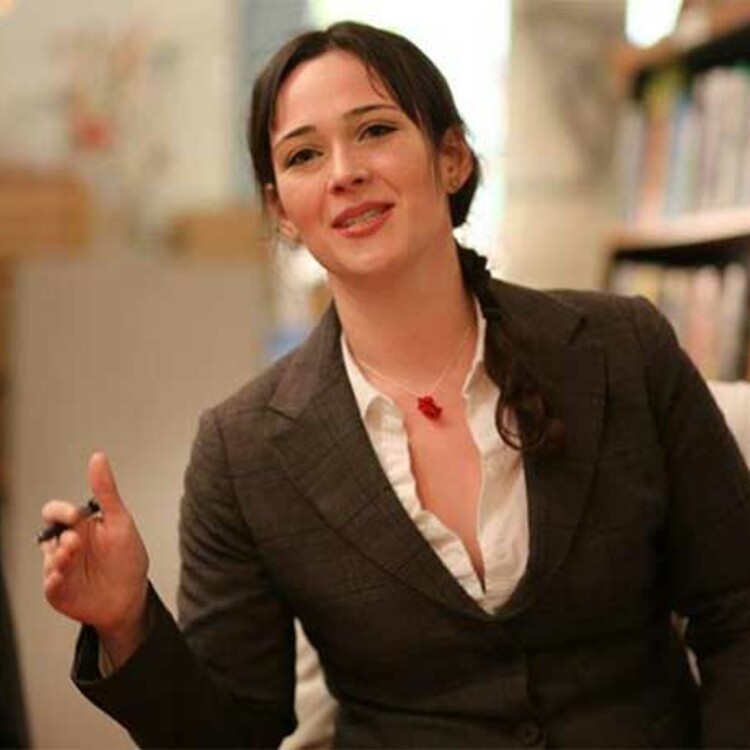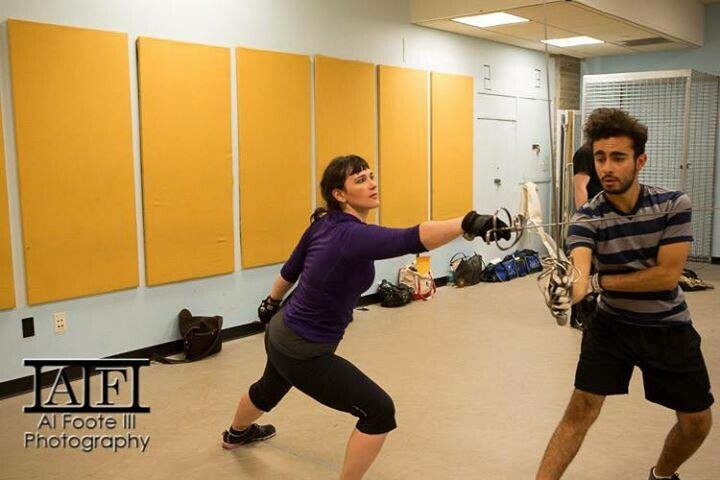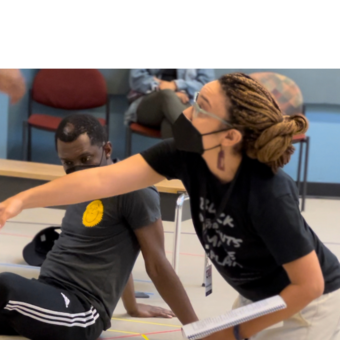To become a certified teacher (really the only rank in the organization that uses the word “certified”), students need to actively hold proficiencies in all eight weapons forms, and then they have to apply to their Teacher Certification Workshop (TCW) at the National Stage Combat Workshop. The application is quite exhaustive and requires: letters of recommendation from ranked individuals within the organization; various writings about the applicant’s connection to performance and stage combat pedagogy; documentation proving a minimum of forty hours of training in each SAFD discipline (which must be completed with more than one ranked SAFD member); and first aid/CPR certification, among other things. It’s unclear from the website or other policy documents how these components are evaluated and what weight each is given.
If accepted, students need to attend in-person—it takes place in the summer for three weeks and as of 2022, it costs $3,525 before housing, meals, travel, etc. This is a huge barrier for anyone who works a day job, has children, or simply doesn’t have the disposable income to invest in this. Incidentally, the SAFD has a diversity issue at the CT level. According to the organization's website, there are 179 CTs active in the organization. Of those, only about 23 percent of CTs appear to identify as non-cisgendered men.
That said, the rank of certified teacher isn’t geared primarily towards fight direction. It’s a teaching certification, not an endorsement of fight direction abilities. Many CTs do work as fight directors, but the certification represents violence pedagogy—not necessarily the skillset one needs to choreograph staged violence. As part of the application for the TCW, applicants submit videos of their choreography, but there’s no indication of how this is reviewed or evaluated for acceptance into the program. The portion of the TCW which involves drafting fight choreography is primarily geared towards crafting an SPT fight, which several fight masters have publicly said are very different from a fight that would actually be put onstage in a play. The goal for the choreography portion of the TCW seems to be to ensure that CTs can create passable SPT fights rather than fostering development of CTs as fight directors generally. There are very few formal SAFD-sanctioned opportunities to learn how to put together a fight as a fight director—and it’s certainly not a skillset that’s “certified” by the SAFD.
SAFD’s rank of fight director is, in their words, “an individual endorsed by the SAFD to stage fights for professional theatre.” But to become an SAFD fight director, those interested need to be a CT (in addition to a host of other qualifications outlined in the SAFD procedures document). As one can imagine, the problem is worse at that rank. At present, the organization lists sixty-four fight directors on their website, of which about 90 percent present as masculine and most appear to be white. And while a fight director is an endorsed professional, this isn’t a certification and to call it one would be a misnomer. If anyone is looking to hire a “certified fight director,” that’s not actually a thing. People don’t understand this.
Kate: We experience something similar in the intimacy world. Limiting the scope for intimacy work to the United States, there are only two organizations that offer certification: Intimacy Directors and Coordinators (IDC) and Intimacy Professionals Association (IPA). IDC recently revamped their pathways to certification to provide a clearer understanding of how to achieve the status of being a “certified intimacy director” (for theatre) or a “certified intimacy coordinator” (for television and film). To achieve certification with IDC, one must first complete the Level 1 Foundations of Intimacy online course ($399) and the Level 2 Foundations of Intimacy Course ($549).
From there, there is an interview and application process to be considered for Level 3, which is where students can specialize in either intimacy direction or intimacy coordination. Similar to SAFD’s certified teacher application process, this could be a potential bottleneck. Given the nature and sensitivity of intimacy work, I could imagine that this is an effort to vet candidates for advancement and to “weed out” those who are attempting to advance in the organization under false pretenses. If accepted into the program, the trainee is responsible for the costs associated with travel and housing to New York or Los Angeles for 3 weekends in addition to the $4,999 cost of the training. From there, there is the somewhat mysterious Level 4, which is a mentorship period for an undetermined amount of time, a final assessment (the website is unclear about what that assessment includes), and then students are “certified.”
Intimacy has the inverse problem of the fight world in that it is predominantly white and feminine instead of masculine. Looking at IDC’s certified professionals, there are about seventy-two or so listed on the website and this seems to be the case with this organization. Some of these profiles have pronouns listed but not all. Those who are in the mentorship phase have an asterisk next to their name to indicate that their certifications are pending and that they are not certified yet.
So, in sum, to become a certified intimacy director or coordinator, it’s a minimum of six thousand dollars in expenses and a few potential stopping points along the way, created by the organization, where one might not be allowed to advance. The same problems you voiced in your analysis of the SAFD are true here. Many people don’t have that amount of money to invest, the time to take off, or the networks of support to enable them to achieve this status without having the benefits of privilege. I also wonder if the value of the term “certification” means that we are saying only this form of knowledge is valid and other interpretations or understandings of knowledge on this topic are somehow invalid because they don’t come with this piece of paper.
Danielle: So true. It’s a weird ask for an embodied art. These very human things—moments of intimacy or violence—are being reduced to an exceptionally clinical barrier. A certification implies that there’s a concrete body of knowledge here when, in fact, both these fields are constantly evolving. Moreover, they both involve implementing protocols that depend entirely upon human elements to work. You can’t create a generic, “safe” fight that’s going to be safe for every actor in every situation.
Kate: And like all things that involve humans, there is always the potential for human error! Safety is communal; having a professional in the room does not and cannot guarantee safety. Everyone who is in the room is responsible for creating a culture of safety, which is similar to an idea that disability justice scholar Leah Lakshmi Piepzna-Samarasinha presents in her book Care Work: Dreaming Disability Justice called “care webs.” She says that care webs “work from a model of solidarity not charity—of showing up for each other in mutual aid and respect.” When we are learning fight drills, we constantly state things like “go slow” or reinforce ideas like “seek eye contact first before moving forward.” That type of safety relies on everyone to create the care web. It can’t fall to just the “certified” person in the room to enforce it. It is the responsibility of everyone to create the culture of safety.
Shifting the language to “qualification” rather than “certification” welcomes a wider variety of knowledge than just those who only have the means to pay for one form of knowledge.
Danielle: So, we’ve talked a bit about why the idea of certification is problematic in our fields, and why the notion that working with a “certified professional” is flawed. Let’s talk a little about alternative ways to approach hiring practices. I think we need to get educational theatres used to the idea that they’re seeking a qualified professional rather than someone who is certified. There are plenty of well-credentialed fight directors working at the top of the field teaching safe practices who aren’t certified. By the same token, there are some certified professionals who have become entangled in completely unsafe workplace environments. In seeking a qualified professional, certainly training counts—and major professional organizations do provide training. If an educational theatre space is looking for someone whose teaching abilities are proven, a CT is one way to see that—but they can also look at teaching qualifications. Neither of us are SAFD certified teachers, but both of us are professional educators and have qualifications to back that claim.
Honestly, I think the most important thing to do here is check references. Because theatre is a network-driven space, speaking with past collaborators will lend a deeper understanding of how a person works, the things they can help to create, and perhaps (most importantly) how they contribute to the creation of the care web that is an integral part of the rehearsal room. So much of what you and I do involves advocating for our actors and navigating the power dynamics of a rehearsal room. It’s critically important to hire someone who can navigate these things appropriately and be a safe person for folks to come to with concerns.
Kate: I completely agree. Shifting the language to “qualification” rather than “certification” welcomes a wider variety of knowledge than just those who only have the means to pay for one form of knowledge. References can also speak to the level of work one actually did on a production. For example, if someone served in a consulting capacity and offered some tools in a single rehearsal, that is a valuable skill and a sharing of knowledge. That does not necessarily equate to extensively choreographing moments of intimacy over an entire rehearsal process; those are two different levels of interaction, facilitation, and skill demonstration.
I also think interviewing potential candidates about their knowledge, expertise, approach, and technique can be useful for evaluating if the form of collaboration one person is offering is a good fit for what a director is looking for on a production team. If the collaboration is seen to be a good match with a qualified candidate, that can only strengthen the potential care web that can be formed in the rehearsal room. Research can also be a valuable tool, especially when examining higher education settings for theatre. Are these individuals looking to publish? Conduct practice as research? Collaborate with the faculty that exist there on scholarship? Knowledge generation is a critical part of higher education, so if the practitioner is willing to engage critically with that process, that serves the practitioner, the institution of learning, and the field simultaneously.
Danielle: Since we agree that this concept of a qualified professional is useful, what does a qualified professional look like? What can a hiring manager look for on a CV, resume, or interview that would signal to them that someone is qualified? We’ve talked about training, teaching qualifications, and references. Obviously, credits on a resume count as well, and for that, people should be looking for things similar to what is looked for when hiring any other designer. One doesn’t need to be a lighting designer, for example, to know what a qualified lighting designer looks like from a resume.
A few key things those reviewing resumes should look for are: someone who has done work with reputable companies; the scale and scope of their work (fight directing She Kills Monsters is not the same as fight directing Rent, for example); and repeat credits, which signals that an organization wants to work with that person repeatedly. Repeat credits in particular often imply this person is both good to work with and has successfully created safety in the rehearsal room and performance space. That said, stay aware of someone whose resume is made entirely of credits with a single company. This could be innocuous, or it could also be a red flag that the person isn’t getting work elsewhere for some critical reason. It’s important to dig to the heart of that in an interview.














Comments
The article is just the start of the conversation—we want to know what you think about this subject, too! HowlRound is a space for knowledge-sharing, and we welcome spirited, thoughtful, and on-topic dialogue. Find our full comments policy here
Excellent article!
Is it still true that intimacy education organizations prefer productions have an intimacy director and a separate fight choreographer instead of one person for both jobs? I'm wondering what ID organizations are currently advising.
Hi Kitty!
Thanks so much for your question. I am not sure about the other organizations, but in the case of my organization Heartland Intimacy Design and Training, it's not a matter of preference, but a matter of different working conditions.
Because I am experienced in both violence and intimacy fields, I am often hired to do both jobs. When it comes to scheduling, this can be advantageous for a producing organization as they only have to coordinate schedules with one person instead of two. However, not all intimacy professionals have a background in violence (nor do all violence practitioners have training in intimacy), so it is important to know what experience these folks have at the time of hiring.
If I am working with a separate fight choreographer, it is just a different working dynamic. We only overlap if there are moments of sexual violence.
Does that help clarify?